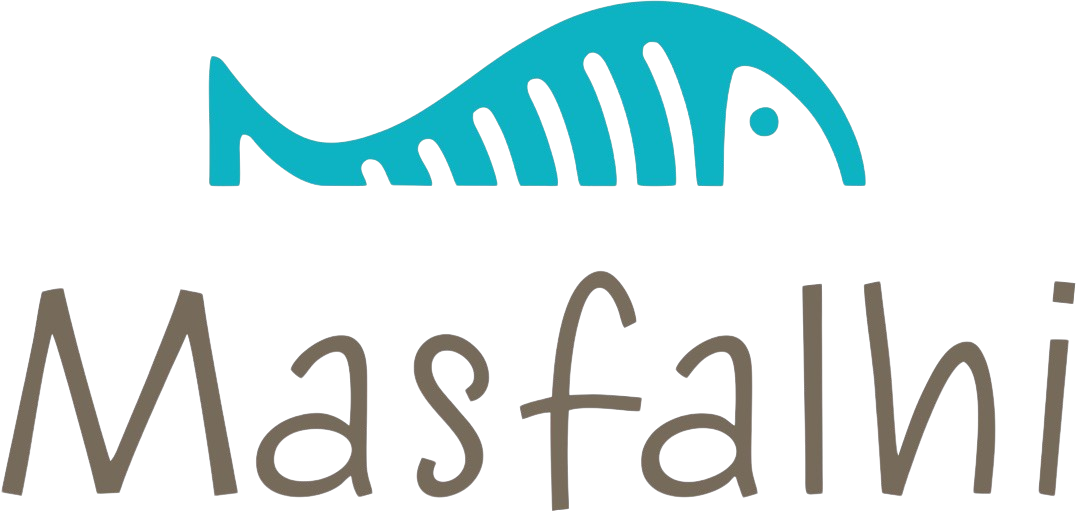Hospitals can analyze the duration of patient stays, the frequency of specific medical procedures, and the intensity of resource use, such as specialized equipment or highly trained staff. By doing so, they can identify areas where costs can be reduced without compromising the quality of care, such as optimizing scheduling systems or streamlining administrative processes. These drivers are essential in scenarios where time is a significant factor in cost accumulation. For example, in a customer service center, the duration of calls can be a critical cost driver.
Complexity and Resource Requirements
Without proper allocation of the cost drivers, it can be meaningless to compare the costs of different products and services. Examining activity cost drivers helps companies reduce unnecessary expenses and pinpoint the costs of an individual product or service. Businesses that can assign variable costs may develop a better pricing strategy and increase profits. These examples illustrate how activity cost drivers can vary based on the nature of the business. The application of activity cost drivers varies significantly across different industries, each with its unique set of challenges and opportunities. In the healthcare sector, for instance, understanding cost drivers can lead to more efficient patient care.
Duration Drivers
CFI is on a mission to enable anyone to be a great financial analyst and have a great career path. In order to help you advance your career, CFI has compiled many resources to assist you along the path. As you can see there is a heavy focus on financial modeling, finance, Excel, business valuation, budgeting/forecasting, PowerPoint presentations, accounting and business strategy. These are tied to the number of transactions or activities performed, such as purchase orders processed or customer invoices generated.
Transaction Drivers
Activity cost drivers play a pivotal role in this methodology, serving as the linchpin that connects resource usage to specific activities. By identifying and analyzing these drivers, businesses can gain a clearer understanding of how costs are incurred and how they can be managed more effectively. An activity cost driver is a factor that directly or indirectly affects the cost of a specific activity within a business. By identifying and analyzing activity cost drivers, companies can better understand cost patterns and make informed decisions to optimize their operations. Due to sophisticated manufacturing and increased demands from customers, direct labor is no longer the main cost driver of indirect manufacturing overhead.
By analyzing these drivers, businesses can identify inefficiencies in their processes. For example, if the cost per purchase order is high, it may indicate a need for streamlining the procurement process. Transaction drivers are straightforward to measure and can provide immediate insights into areas where cost savings can be achieved. These are the actual points of cost incurred and the activities that create the costs. For example, if you produce a product that requires hazardous material designations for transport, you will incur a fee to transport the materials on public roadways. Therefore, the total cost to produce item A is $1,100, and the total cost to produce item B is $1,400.
Use cost drivers to allocate variable and indirect costs to production activities or output. In activity-based costing (ABC), an activity cost driver influences the costs of labor, maintenance, or other variable costs. Cost drivers are essential in ABC, a branch of managerial accounting that allocates the indirect costs, or overheads, of an activity.
- By understanding the factors that influence costs, managers can make informed decisions, improve efficiency, and align activities with organizational goals.
- Traditional methods, which rely on simplistic allocation bases like labor or machine hours, often distort profitability insights.
- Advances in technology and data analytics have made it easier to manage and analyze cost drivers.
- This insight allows them to allocate resources more effectively, prioritize high-impact projects, and streamline development cycles.
How To Treat Overhead Expenses In Cost Accounting
By linking costs to activities, businesses can allocate overhead more accurately and identify high-cost areas. ABC systems are increasingly being customized to meet the unique needs of specific industries. Industry-specific cost drivers and templates provide tailored solutions that address the distinct cost structures and operational complexities of various sectors. It provides a competitive edge to the business as they give a precise distribution of cost based on activities performed. Sales and all related variable expenses are often the driver for commissions, bad debt, insurance expense, and so on. As technology changes, however, the mix between materials, labor, and overhead changes.
While the above is a heavily-simplified example compared to a real-world situation, it shows the importance of allocating indirect costs to get a more accurate financial picture of a company. Increased levels of production would require more paint, more parts, and more workforce labor time to assemble. Unit-level cost drivers are those that vary with each individual unit of production or service delivered. For example, the amount of direct labor, raw materials, or machine time used to produce one unit of a product would be considered unit-level cost drivers. The more units you produce, the more these costs will increase, making them easy to trace directly to each unit produced.
Ideally, a continuing analysis of cost drivers will be one of the key management actions taken to enhance the profitability of an organization. Identifying the correct cost drivers for each activity is critical to the success of ABC. This requires a thorough understanding of the production process and the factors that influence costs. An example of an activity cost driver in a manufacturing plant is the number of orders that must be produced. Each department from painting to assembly has a set amount of cars that must be completed each day. Determining the cost drivers for various activities within an organization involves a systematic approach that combines data collection, analysis, and interpretation.
- Driver analysis ultimately allows management to evaluate alternative activity drivers that might be more cost-efficient in terms of machine-use, labor, materials, etc.
- The correct allocation of manufacturing overhead is important to determine the true cost of a product.
- Activity cost drivers are specific activities that cause variable expenses to be incurred.
- While implementing and managing cost drivers can be challenging, the benefits—ranging from enhanced cost accuracy to strategic insights—make it a worthwhile investment.
Intensity drivers require a more nuanced approach, often involving the an activity cost driver is: assessment of resource consumption levels. Tools like time-tracking software, resource management systems, and data analytics platforms can be invaluable in this phase, providing precise and actionable insights. For instance, in manufacturing, machine maintenance costs may be driven by machine hours used, while in services, customer support costs might be tied to inquiries received.
What Is the Benefit of Identifying Cost Drivers?
Hewlett-Packard, a global technology giant, successfully adopted ABC systems to improve its cost management and decision-making processes. By identifying key activity cost drivers, HP was able to allocate overhead costs more accurately and optimize its product portfolio. The integration of activity cost drivers into ABC allows for a granular view of cost behavior. Instead of relying on broad averages, ABC uses specific drivers to allocate costs more precisely. This level of detail helps managers make more informed decisions about pricing, budgeting, and process improvements. It also highlights areas where inefficiencies may be lurking, providing a roadmap for targeted cost reduction initiatives.
This results in a more accurate reflection of how resources are used and how much each product or service truly costs. If business owners can identify the cost drivers, they can more accurately estimate the true cost of production and determine the per-item and batch-level costs. Activity-based costing (ABC) is a more accurate approach to dispensing both direct and indirect costs. ABC works out the true cost of every product by recognizing the amount of resources consumed by a business activity, like power or worker hours.
We dig into your processes—production, service, logistics—and find out what’s driving costs. Activity cost drivers are the specific actions that cause certain business costs to rise or fall. They’re central to activity-based costing (ABC), helping businesses assign indirect costs more accurately based on what actually drives them. A single activity can have multiple cost drivers if different factors influence its cost behavior.
Since preparing car bodies is a fairly labor intensive operation, an increase in wages can drastically increase the cost of the activity. Thus, number of units required to produce is one cost driver in the vehicle production process. An activity cost driver is a measurable event or factor that leads to a change in the cost of a business activity.


